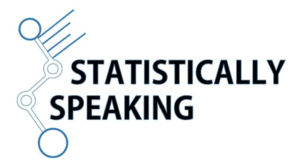With the West Bengal Assembly elections dates due to be announced any day now, the political battleground in the state has heated up. Although the election will be a three-way contest between the Trinamool Congress (TMC), Bharatiya Janata Party (BJP) and the Left Front (in alliance with the Indian National Congress), undoubtedly all eyes are going to be on the tough fight between the BJP and the TMC.

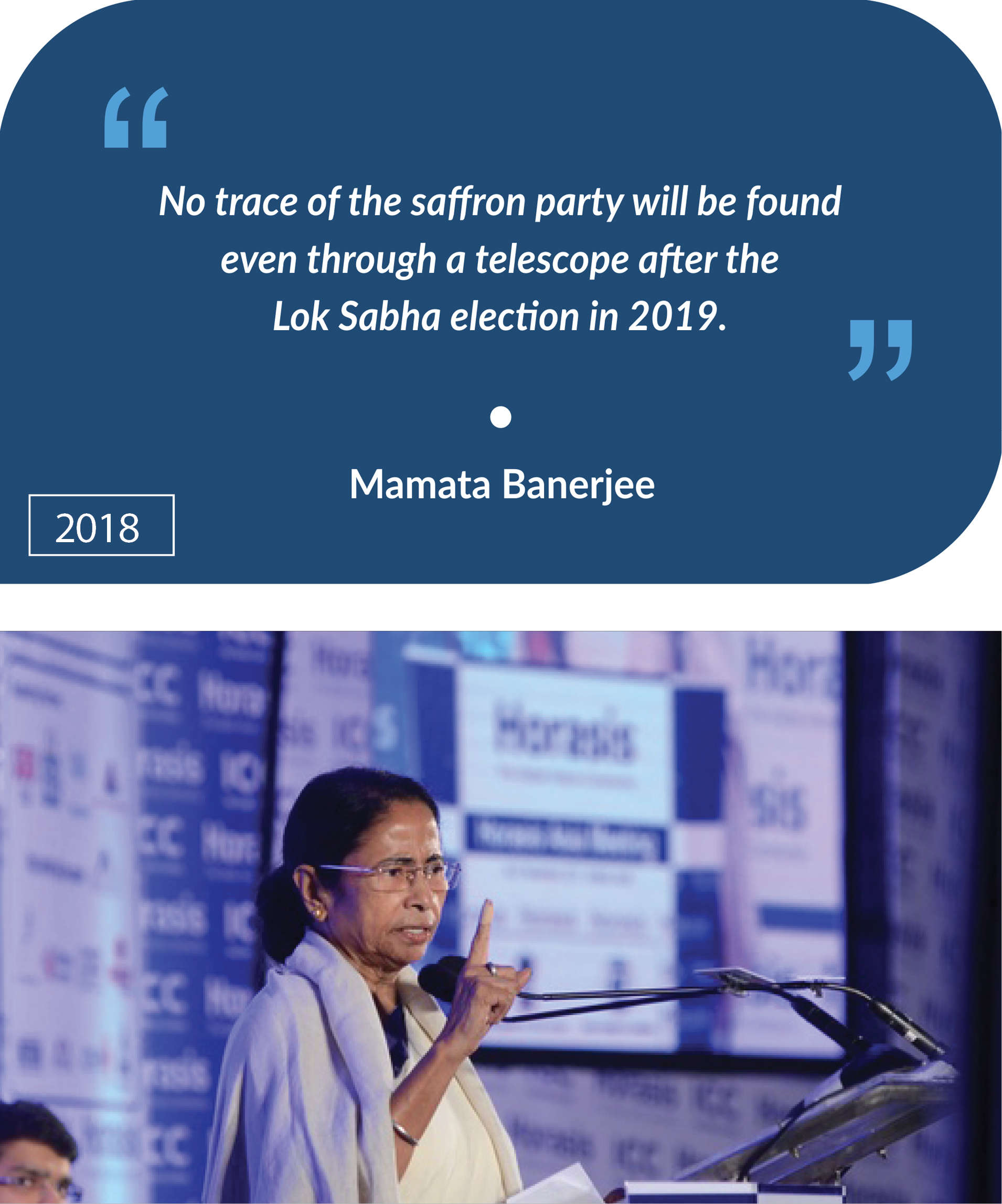
The BJP has been pursuing an aggressive campaign in West Bengal, roping in national leaders, along with effective on-ground campaign machinery in a bid for power in the state for the first time in history. Till 2014, BJP had always been a distant marginal player in West Bengal politics. It had, in fact, contested the Lok Sabha polls as a junior ally of the Trinamool Congress (TMC) in 1998, 1999 and 2004. In 2001 and 2006, TMC chief Mamata Banerjee chose the Congress over the BJP as the party’s ally for Assembly polls. Even during the watershed moment of the 2011 Assembly polls, which marked the end of the 34 years of Left rule, the BJP ploughed a lonely furrow, securing only 4.1% of the vote share.
However, since then, the picture of BJP’s role in Bengal’s electoral politics has changed drastically. Since 2014 during the Lok Sabha polls, when the BJP managed to secure 10.3% of the vote share, it has been constantly growing its support in the state. In fact, during the 2019 Lok Sabha polls, the party secured a whopping 40.6% of the votes, just 3.1% less than that of state leader, TMC, and secured 18 out of the 42 seats. So what is the reason for BJP’s unprecedented growth in the state in the past 6 years? How has the BJP turned West Bengal, a state where they had minimal support, into a two-faced battle in eight years? Let’s find out.
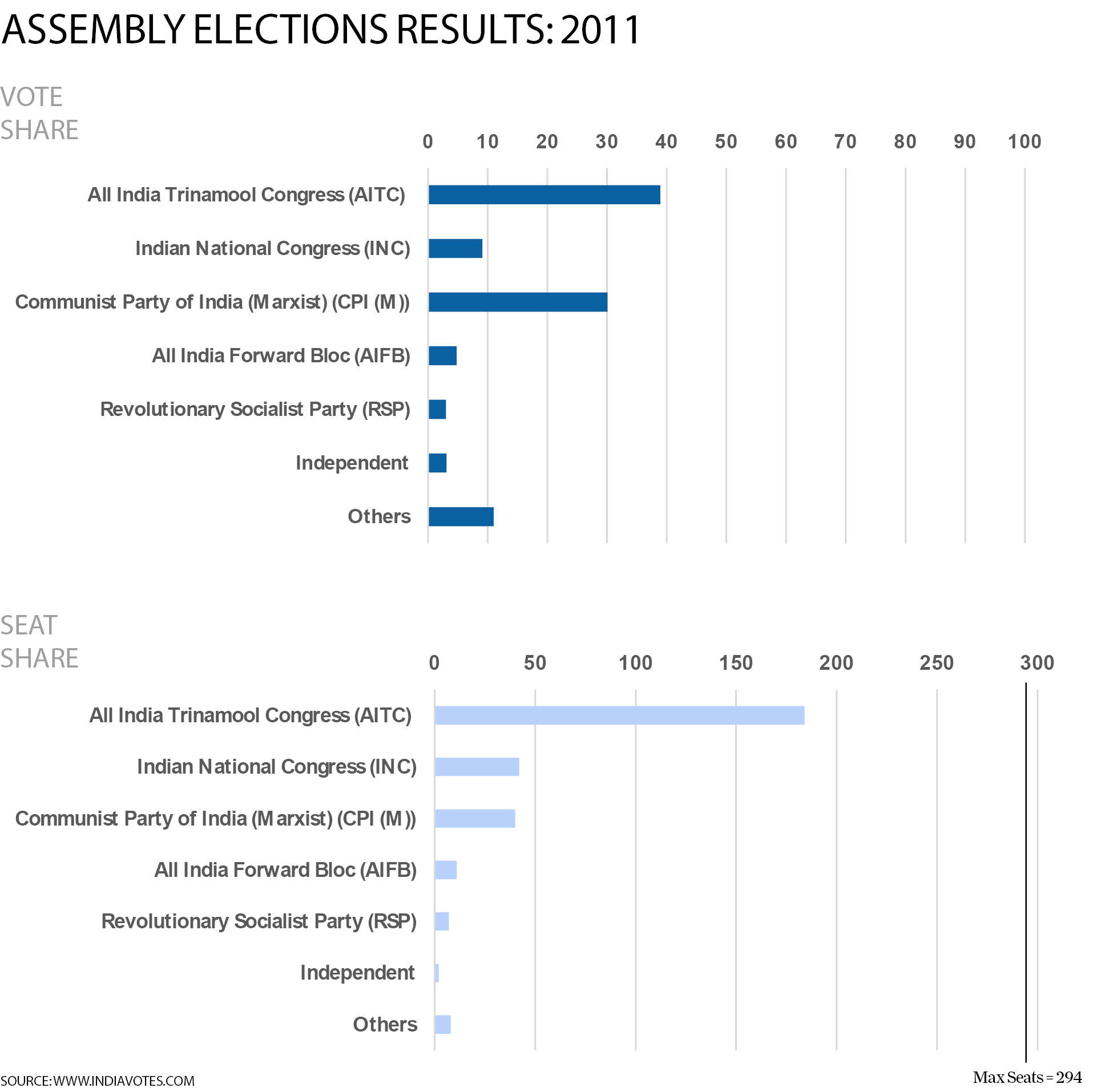
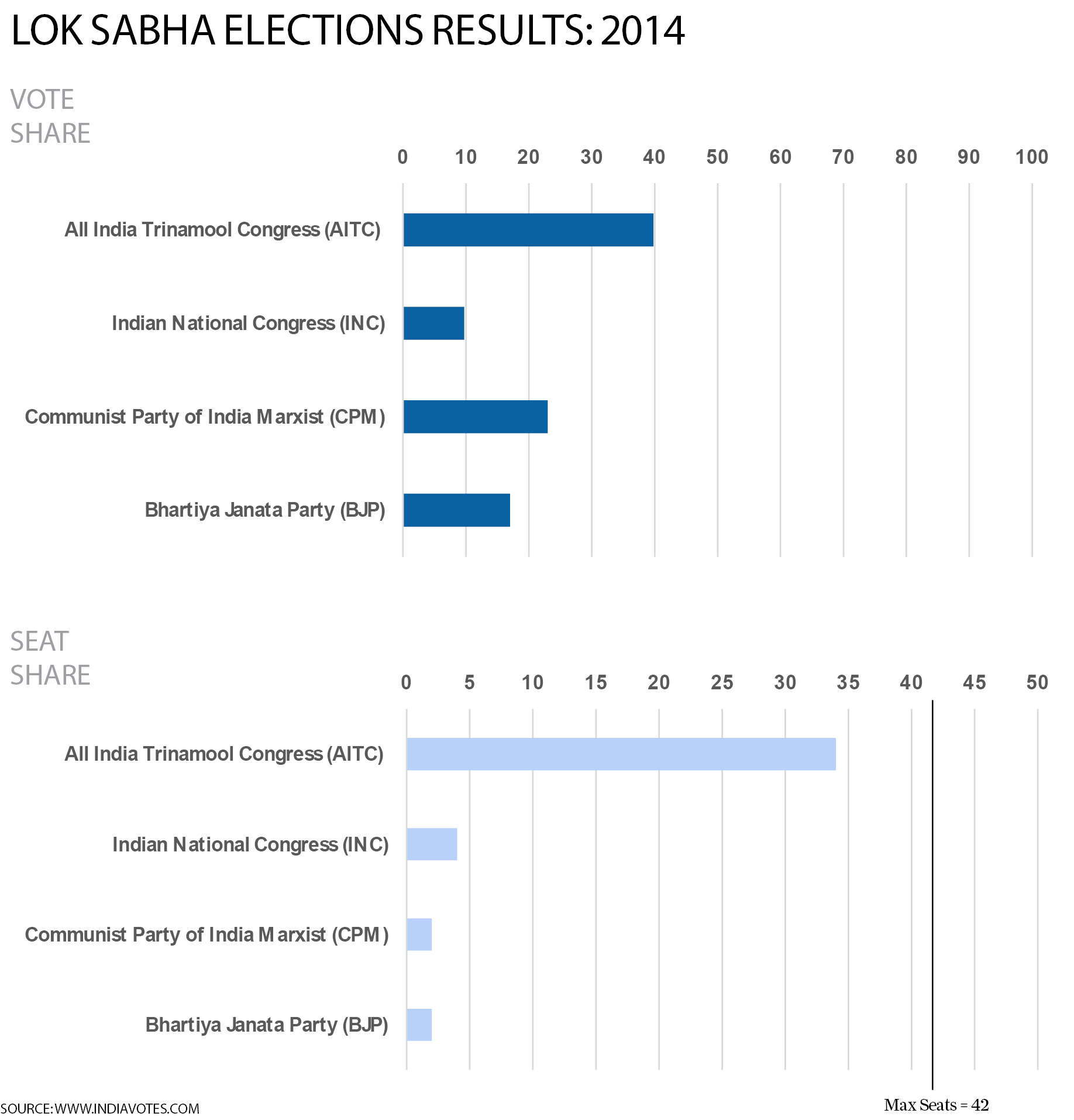
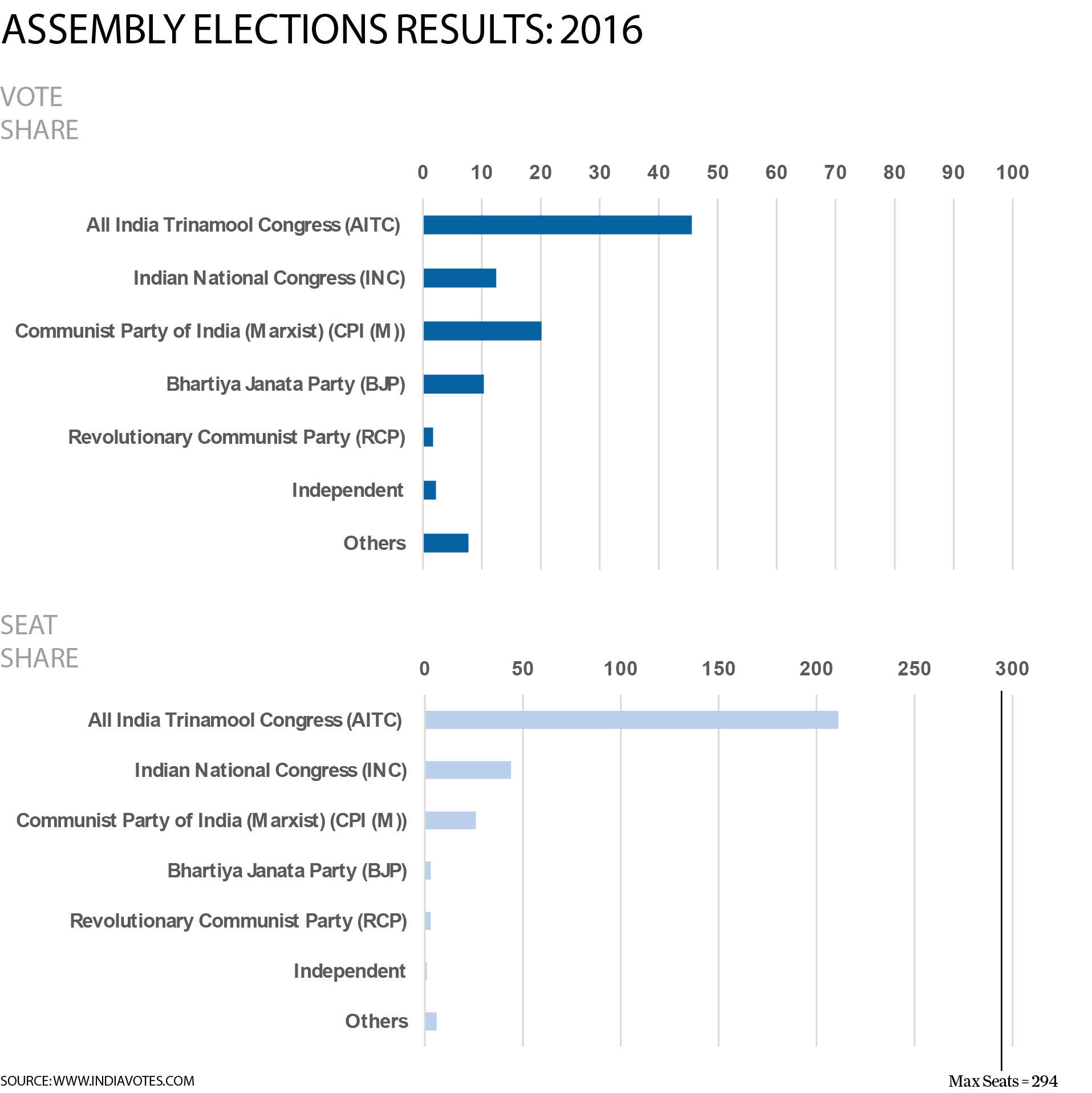
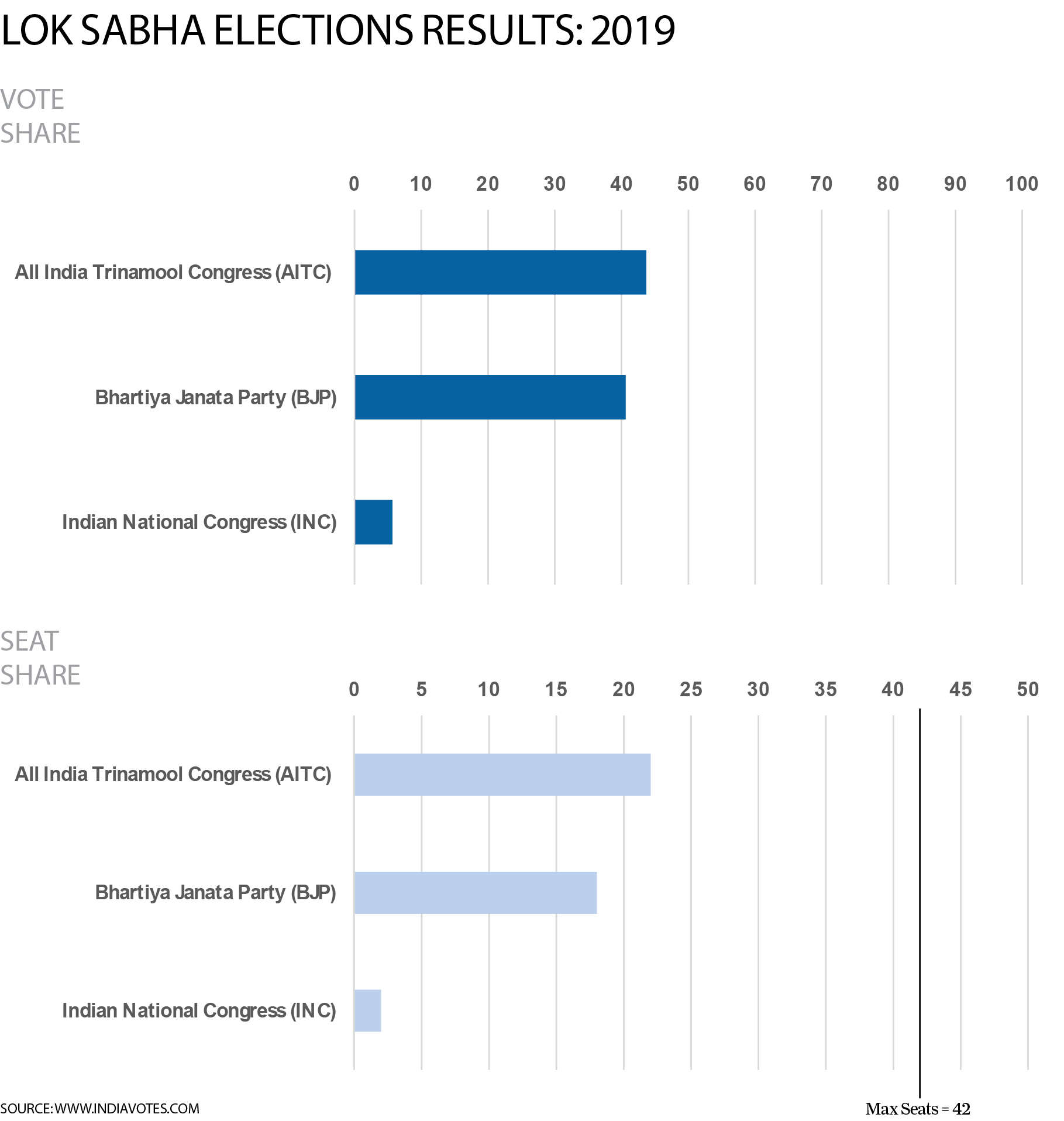
HOW BJP DOUBLED ITS VOTE SHARE IN 2019
The BJP managed to secure 40.2% of the votes, more than doubling their vote share from 2014 (17%). The party managed to secure a victory in many constituencies in the Northern and Junglemahal belt. Their losses were confined to places such as Kolkata and Central Bengal, which have a significantly higher Muslim population. In fact, the BJP managed to break into the Junglemahal region-stronghold of the then TMC strongman Suvendu Adhikari (now in the BJP). BJP’s victory in 2019 was very similar to that of TMC in 2009, when TMC (a rising party then) managed to secure 19 votes, while the ruling CPI(M) managed just 9. Some political analysts also attribute the victory of the BJP to the rising religious polarisation in the state, which lead to a consolidation of non-Muslim votes behind the BJP.
TMC’S BIG TICKET DEFECTIONS: ADVANTAGE BJP
In December 2019, 10 former TMC, Left and Congress MLAs were welcomed into the BJP by Home Minister Amit Shah. Undoubtedly, the most important defection was that of former TMC heavyweight Suvendu Adhikari, who spearheaded the 2007 Nandigram movement, which triggered the cycle of events which led to Mamata Banerjee’s victory in 2011. He is a key leader in the Jangalmahal region with support bases in – home Purba Medinipur, Bankuria, Purulia and Paschim Medinipur. In fact, defection was not limited to the heavyweights of the TMC such as Jitendra Tiwari and Shilbhadra Dutta, several other district level leaders, including elected officials from Panchayat and Municipal bodies have also joined the BJP in the past few months.
The series of defections have been indicative of the erosion of senior leadership in the party and an overall dissatisfaction with the internal party structure. As per media reports, many senior leaders from the party have expressed their resentment towards the political strategy firm led by Prashant Kishor, which has been hired by Mamata Banerjee to run the 2021 campaign. Several political analysts also believe that the series of resignations from the TMC has been a direct result of the reorganization in the party stricture, which has reduced the influence of senior party leaders. This reorganization in the party structure has been undertaken as a result of on ground surveys carried out by Prashant Kishor’s team to decipher the grassroots-level image of various TMC leaders across districts. The infighting in the TMC has proven to be beneficial to the BJP, who have not only gained important political leaders, but their supporter base as well.
LEAVING NO STONE UNTURNED TO WOO VOTERS

Under the leadership of BJP State President, Dilip Ghosh, the party has been leading an aggressive campaign across districts in the state. The BJP’s campaign has been focusing on the misrule of the TMC, law and order and corruption issues as well as the state government’s mishandling of the COVID-19 crisis. In November 2020, the party began an extensive internal tour of West Bengal to collect feedback on the working of the party’s state unit, and has extensively been collaborating with district and block level representatives to ensure smooth functioning of their cadre.
During a rally in the state last month, Home Minister Amit Shah requested West Bengal voters to join forces with the BJP’s “Aar noi anyay” (no more injustice) campaign and support Prime Minister Narendra Modi in BJP’s commitment to give a good administration to the people of West Bengal. Additionally, just last week, the BJP has also launched ‘Krishak Suraksha Abhiyan’ and ‘Ek Mutthi Chawal’ campaigns in West Bengal’s Bardhaman, also known as the state’s rice bowl, in an attempt to woo farmers in the state. The schedule of national leaders, including Amit Shah and party President JP Nadda is filled with events in the poll bound state in the upcoming months. While it would appear that the BJP is leaving no stone unturned to woo voters in West Bengal, it is yet to be seen whether its tactics will transform into votes for the party.
Contributing Reports by Damini Mehta,New Delhi
